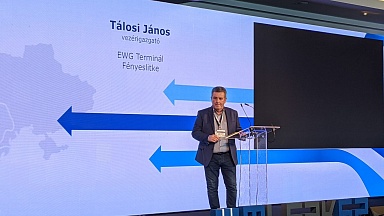E-commerce has radically changed business processes due to the ability to buy and sell goods online. This is followed by a change in the logistics of delivering goods. It is important to separate the B2B and B2C segments, as well as to focus specifically on cross-border cargo flows.
E-commerce tends towards faster ways of delivering goods, which at the same time are ready to offer a fairly competitive price, i. e. to land routes, that is, road transport and rail. Transport routes aimed at Asia, especially China, will benefit greatly from the e-commerce boom.
The lack of statistics and the emerging regulation of the sphere prevent an accurate analysis of the impact of e-commerce on Trans-Eurasian cargo transportation.
About 39% of parcels have the PRC as the country of origin. About 44% of parcels have a price of less than 25 euros, and 86% of parcels weigh up to 2 kg. This specificity makes it difficult to classify goods, thus taking into account also their addressees represented by individuals.
China actively promotes the development of cross-border e-commerce through the creation of logistics hubs, simplification of customs regulations, and tax breaks.
In 2019, the total trade turnover between the EU and the PRC via e-commerce can be estimated at EUR 889.9 million, or about USD 1 billion according to postal services. At the same time, more than 2/3 of the goods are not classified, which makes it impossible to estimate the weight and cost of goods outside the statistics of individual companies, such as Amazon or Alibaba.
In Europe, Chinese imports are traditional, while in the PRC, European luxury goods, baby food, and pet products are in increasing demand.
A potential and ambitious benchmark for Trans-Eurasian transit, including rail, can be the share of trade turnover from USD 0.46 billion to USD 0.75 billion.



